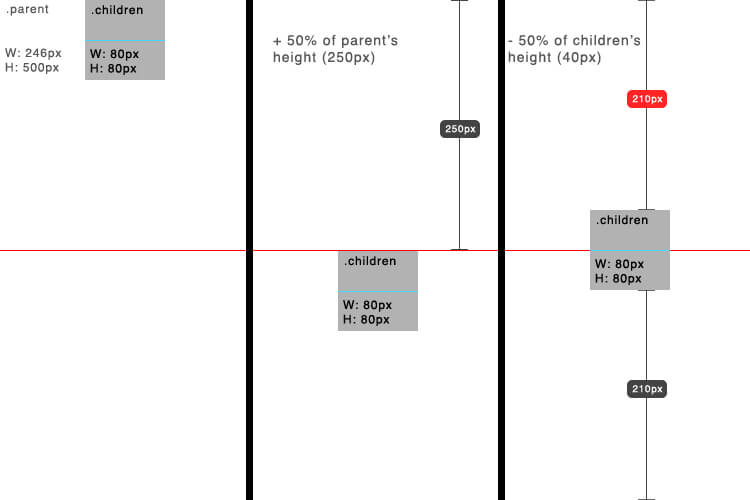Data URIs
We're all familiar with traditional URI protocols like https, http, ftp, and file, but data URIs have become a large part of our online strategy. We can use them to display images, the Mac camera and webcams, and more. But what if we simply want to use a data URI to convey basic data?
Typing a data URI shouldn't be difficult, and it isn't. As someone that works on the Firefox DevTools Debugger, I'm often typing out data URIs to illustrate problems. The format is:
data:text/html,<body class="blah"></body>
We're all so ingrained to use protocol://subdomain.domain.tld addresses that data URIs look foreign...but they require the least amount of resources to express content!
![9 Mind-Blowing Canvas Demos]()
The <canvas> element has been a revelation for the visual experts among our ranks. Canvas provides the means for incredible and efficient animations with the added bonus of no Flash; these developers can flash their awesome JavaScript skills instead. Here are nine unbelievable canvas demos that...
![Regular Expressions for the Rest of Us]()
Sooner or later you'll run across a regular expression. With their cryptic syntax, confusing documentation and massive learning curve, most developers settle for copying and pasting them from StackOverflow and hoping they work. But what if you could decode regular expressions and harness their power? In...
![CSS Vertical Centering]()
Front-end developing is beautiful, and it's getting prettier by the day. Nowadays we got so many concepts, methodologies, good practices and whatnot to make our work stand out from the rest. Javascript (along with its countless third party libraries) and CSS have grown so big, helping...
![MooTools, mediaboxAdvanced, and Mexico]()
The lightbox is probably one of my favorite parts of the Web 2.0 revolution. No more having to open new windows (which can bog down your computer quite a bit) to see a larger image, video, etc. Instead, the item loads right into the...




